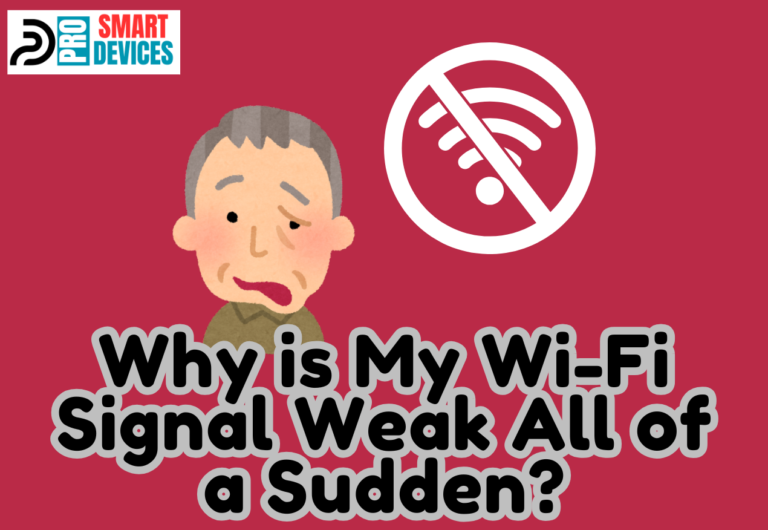Is Starlink Affected By the Weather?
One of the most common questions people who use Starlink have is “is Starlink affected by weather?” Rain is one particular issue that interferes with the transmission of satellite signals. today, we will walk you through the most important details about the connection between Starlink and weather.
Is Starlink Weather Sensitive?
Yes, Starlink is sensitive to weather conditions to some extent. Satellite internet services, including Starlink, rely on signals transmitted between satellites and user terminal dishes. They become more vulnerable to weather conditions as a result.
For example, storms, high winds, and other disruptions can impact Starlink internet connectivity similar to other types of internet services like cable.
While Starlink performs well in weather conditions such as rain, snow, and wind, heavy rainfall and snowfall can lead to internet outages. However, there are various feratures Starlink incorporates several features designed to mitigate the effects of bad weather and maintain reliable performance.
Despite its sensitivity to certain weather conditions, Starlink offers a viable internet solution, particularly in areas where traditional wired connections may be limited or unavailable.
Is Starlink Affected By the Weather?
The answer is yes. Weather can affect Starlink to some extent. Rain can affect the transmission, especially in the high-frequency range of 40GHz to 70GHz. The specific effect on user services during heavy storms is still being determined and depends on Starlink engineers’ network design and priorities.
Satellite internet services like Starlink require a clear sky view to transmit internet signals to satellites in space efficiently. While Starlink satellite dishes are designed to work well on rainy or overcast days, heavy storms can affect the signal and result in slower connection speeds or occasional outages in the area.
Snow can also affect satellite dishes by building up on them or obstructing their view of the sky. Starlink dishes use technology to detect and melt snow on their surfaces, ensuring optimal performance. Clearing snow build-up around the dish restores the signal’s path.

Satellite dishes can be vulnerable to lightning strikes. Starlink dishes come with built-in lightning protection. Following local electrical code guidelines during installation minimizes the risk of lightning-related damage.
While the weather can have some impact on Starlink, advancements in satellite internet technology have significantly mitigated these effects.
Can Starlink Get Wet?
The answer is no. Starlink equipment is designed to be waterproof. So, getting wet is not an issue. The Starlink dish, router, and cables are designed to withstand exposure to moisture without experiencing long-term problems.
While the speed and connection reliability may be temporarily affected during heavy rainfall, it should return to normal once the rain stops. The Starlink dish has a hydrophobic coating to help remove water, further ensuring its functionality in wet conditions. Overall, Starlink is built to withstand wet weather without significant issues.
Is Starlink Affected By Heavy Rain?
The answer is yes. Heavy rain can indeed affect Starlink’s internet performance. During heavy and continuous rainfall, users may experience service outages, slower speeds, increased ping times, and packet losses on the Starlink network. These adverse conditions continue until the weather improves.
Heavy rain attenuates signals leading to connectivity issues. Starlink may display an error message like ‘searching for signal’ during such outages. Even if the severe rains are not near the user’s location, they can affect Starlink’s internet service. The connection may be disrupted as long as there is a barrier between the user’s dish and the satellite.
Does Temperature Affect Starlink?
The answer is yes. Temperature can affect Starlink equipment. The equipment may experience overheating when the temperature reaches 122 degrees Fahrenheit, according to information provided by SpaceX.
Users in areas where such high temperatures are typical, particularly in the western US, can find this challenging. Important to consider the specific environmental conditions and follow guidelines or recommendations provided by SpaceX to ensure the optimal performance of the Starlink equipment.
Related: Is Starlink Good for Gaming?
Is Starlink Affected By Lightning?
While satellite dishes can be susceptible to damage from lightning strikes, Starlink dishes are equipped with built-in lightning protection. The likelihood of your Starlink satellite dish being affected by lightning is reduced by installing lightning protection in compliance with local electrical codes.
With proper installation, the built-in protection should safeguard the Starlink dish from potential damage caused by lightning strikes. Taking these precautions ensures the continued functionality and durability of the Starlink equipment during thunderstorms and lightning activity.
What Happens to Starlink Connectivity During Thunderstorms?
Starlink connectivity may be impacted to some extent during thunderstorms or heavy winds. Starlink maintains reliable connectivity without significant disruption in light rains or snows. Temporary outages may occur, and consumers may perceive a slowdown during severe storms or significant snowfalls. Speeds can be 30–40% slower than typical amid such weather conditions.
While Starlink performs well during slight weather disruptions like fog or stronger winds, heavy rain or snowfalls have the potential to cause temporary outages. The system is designed to withstand and perform in various weather conditions, but extreme weather events can still affect connectivity to some degree. The important thing is that as the Starlink network continues to expand and improve, its resilience to weather disturbances is also expected to improve.







